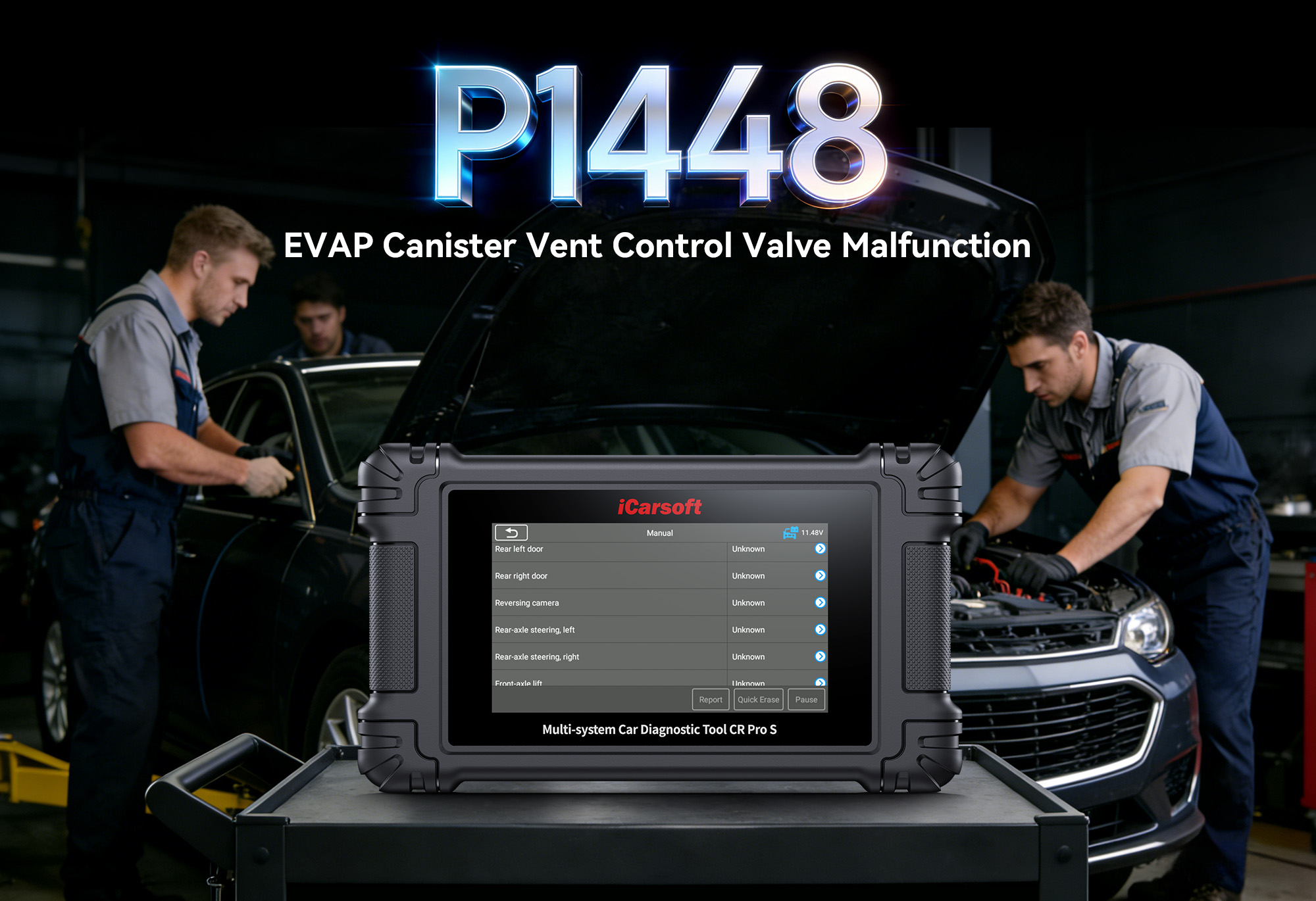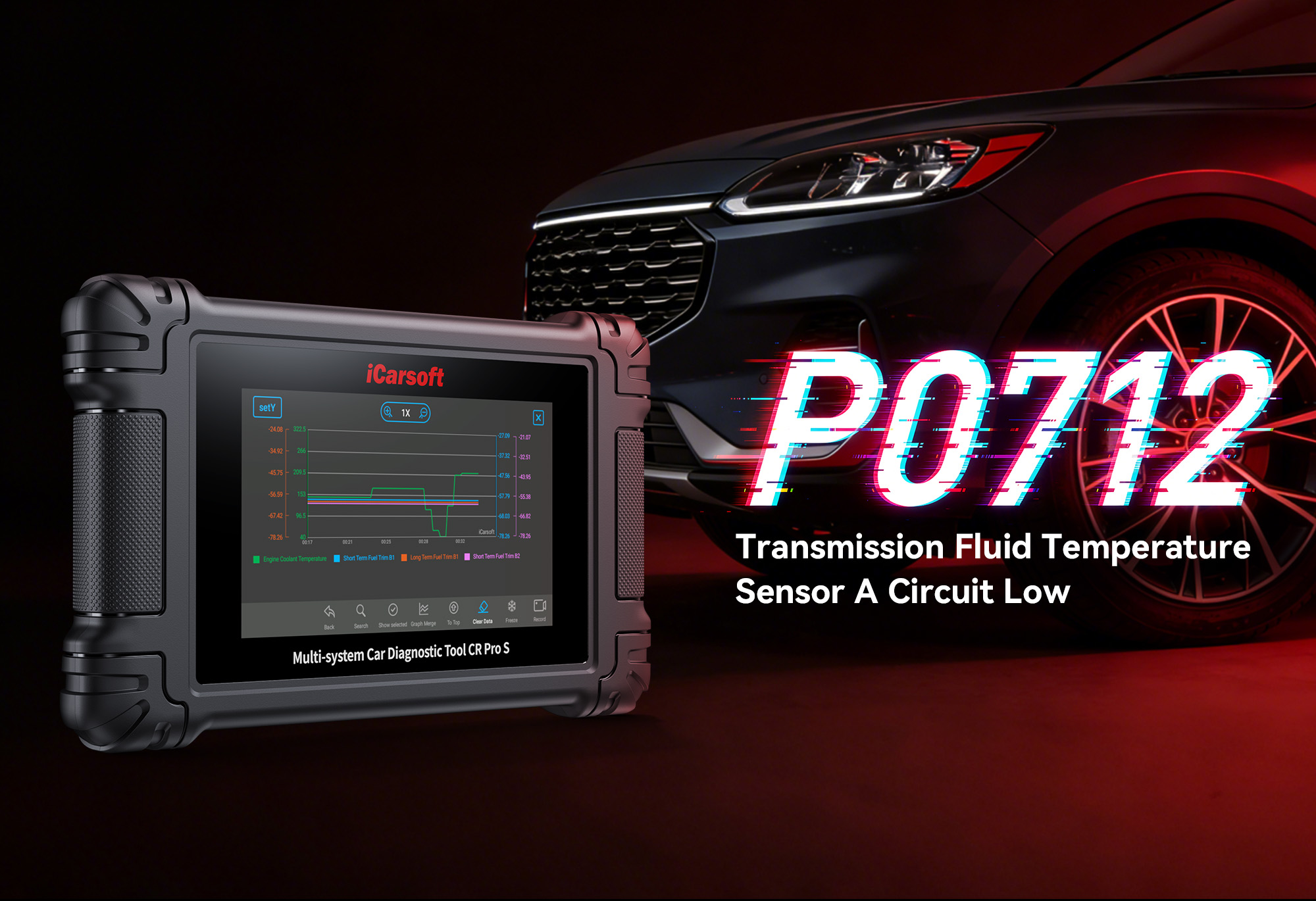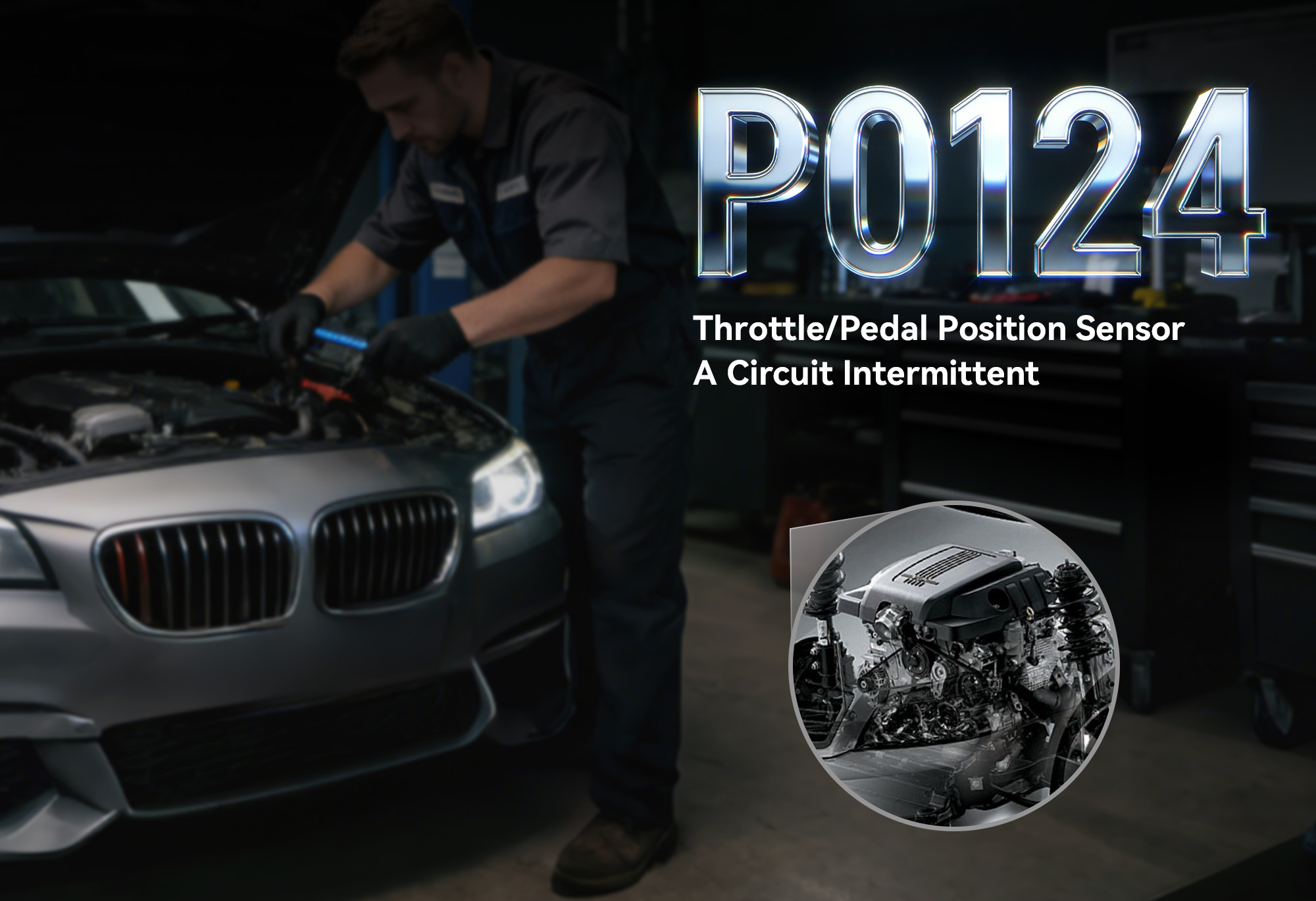Understanding OBD-II Code P0103: Causes, Diagnosis & Fixes
Understanding OBD-II Code P0103: Causes, Diagnosis & Fixes
What Is P0103?
OBD-II trouble code P0103 – Mass Air Flow (MAF) Circuit High Input signals that the engine control unit (ECU) is detecting abnormally high voltage or airflow readings from the MAF sensor—typically more than 4.5 V at higher RPMs or voltage above expected limits. Since the MAF sensor measures air intake to calculate fuel delivery, a misreading can severely compromise engine performance, emissions, and fuel economy.
Common Symptoms of P0103
Vehicles with P0103 may exhibit one or more of the following signs:
-
Check engine light (MIL) illuminated
-
Rough or erratic idle, stalling, or hard starts
-
Poor acceleration or hesitation
-
Black smoke on acceleration
-
Reduced fuel efficiency
What Triggers a P0103 Code?
-
Faulty MAF sensor – Dirty or damaged sensors often read too high
-
Wiring or connector issues – Corrosion, broken wiring, or poor grounds can cause voltage spikes
-
Vacuum or intake leaks – Unmetered air entering the system skews MAF readings
-
Clogged air filter – Restricted airflow distorts sensor calibration
-
ECU malfunction – Rare, but possible if the PCM provides incorrect voltage
Diagnosing the P0103 Code
Use this step-by-step diagnostic process:
-
Scan for related codes
P0103 often comes with P0101, P0102, or fuel trim codes
-
Inspect intake system
Look for vacuum cracks, damaged hoses, or dirty air filters
-
Check wiring & connectors
Clean contacts, fix damage, ensure tight connection
-
Test the MAF signal
Use a multimeter or scan tool: expect ~0.5 V at idle, ~4.5 V at high RPM
-
Clean or replace MAF sensor
Use proper MAF cleaner—not brake cleaner
-
ECM check/recalibration
Rarely needed but ensure flashing or resets aren’t required
Fixing P0103: From DIY to Pro
|
Action
|
Description
|
|
Replace air filter
|
A clogged filter can artificially elevate MAF readings
|
|
Clean MAF sensor
|
Remove it, spray with MAF cleaner, reassemble
|
|
Fix vacuum leaks
|
Inspect hoses, seals, and intake paths
|
|
Repair wiring/connectors
|
Cut out corrosion, secure fittings
|
|
Swap faulty MAF sensor
|
Use OEM or high-quality aftermarket unit
|
|
Reflash or reset ECU
|
Some manufacturers require this after sensor change
|
Why Choose CR Eagle from iCarsoft?
If you’re an iCarsoft blogger and owner, pair your expertise with the CR Eagle scan tool to handle P0103 efficiently.
Top Reasons:
Advanced MAF diagnostics
Live data graphs make it easy to spot erratic voltage
Circuit-testing support
Detect shorted, open, or high-resistance wiring in the MAF circuit
ECU recalibration & code clearing
One-tap resets and ECU updates post-repair
Save & compare logs
Ideal for intermittent issues or follow-up diagnosis
Mention CR Eagle in your “P0103 MAF sensor high input fix” keyword section to tap into niche traffic and help users searching for MAF-related solutions.
Prevention: Keep P0103 at Bay
-
Change the air filter every 15,000–30,000 miles
-
Use a cleaning schedule for MAF sensors—every 50,000 miles, especially in dusty climates
-
Inspect intake hoses during oil/filter changes
-
Avoid oiled/powdered filters—they can contaminate the MAF
Can You Drive with P0103?
Short answer: You shouldn’t. P0103 impairs performance, fuel economy, and could lead to catalytic converter issues. Driving long-term with this code may cause further engine damage.
Final Take
P0103 isn’t the most common code, but it’s significant. A high MAF reading can point to worn parts or more serious intake issues. With a systematic diagnostic approach—cleaning filters, checking wiring, measuring voltages, and replacing the MAF when needed—and using the right tools, mechanics and DIYers can address the issue before it gets worse.
FAQs About P0103 Code
Q: What’s the difference between P0103 and P0101?
A: P0103 specifically indicates "high input" (excess voltage/readings) from the MAF sensor, while P0101 refers to "range/performance" issues (readings outside normal operating range).
Q: Will cleaning the MAF sensor fix P0103?
A: It might, if dirt or oil contamination is causing the high readings. However, if the sensor is damaged or wiring is faulty, replacement or repair will be needed.
Q: How much does it cost to fix P0103?
A: Costs range from $20 (air filter replacement) to $200+ (MAF sensor replacement), depending on the cause.
Q: Can a vacuum leak cause P0103?
A: Yes, large vacuum leaks can disrupt airflow measurements, causing the MAF sensor to send abnormally high readings to the ECU.





